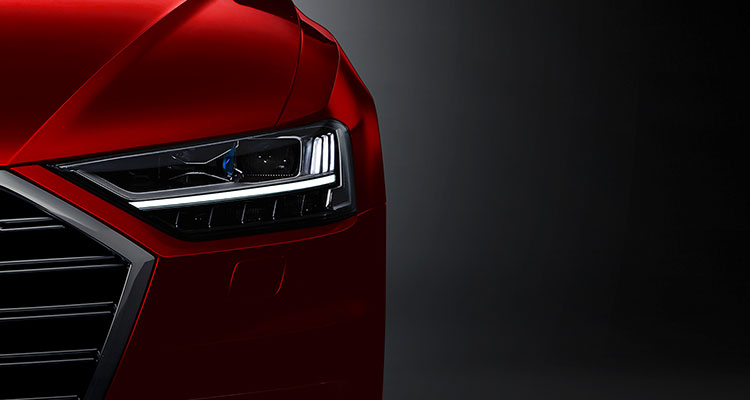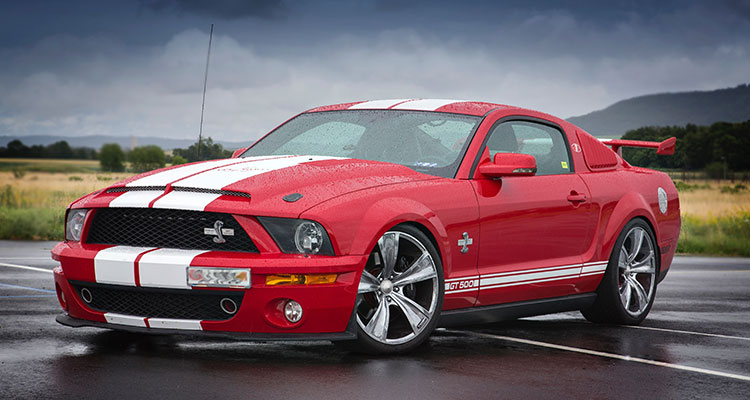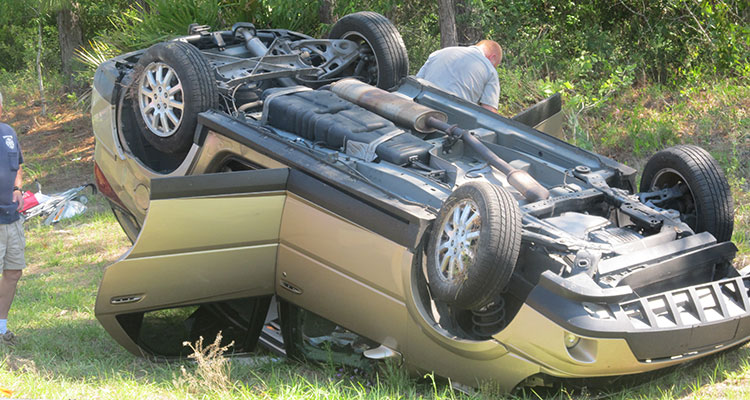We all know things run a bit differently across the pond in the “US of A”, but how do things differ when it comes to making and selling cars?
Are American cars really just as large, loud and polluting as the stereotype suggests? From emissions to indicators, so many aspects of a car are regulated by our governments and each country has a slightly different set of rules. So just how different are they?
Headlights

Things are quite different when it comes to the lights on cars. For instance, lights in American cars were required to be sealed beams until 1984, whereas sealed beams were dropped in most other countries many years before. Nowadays, the US still lags behind with headlight laws.
The Federal Motor Vehicle Safety Standards (FMVSS) still do not allow for adaptive or “matrix” lighting and state headlights should only have high and low beam capabilities. This means that the lights cannot evolve past the basic high/low beam setup that’s soon to be archaic. Tech that’s already in the Audi A8 (and soon to become more common in other luxury cars) – which makes high beams less blinding to other drivers by using multiple independent LEDs – isn’t allowed in the US and won’t be until the regulation is changed. This fancy headlight technology is going to become more and more common around the world and the US will fall behind unless they change their out of date regulations.
Impact zones

When it comes to front impact zones, American laws are not as strict. Making soft, pedestrian-friendly bumpers that absorb forces rather than project them are important for decreasing the danger to those unfortunate enough to be hit by a car. Pedestrian fatalities are at a recent high in the US and the lack of change in regulation may be partly to blame. Rather than requiring softer, rounder and lower impact zones, US car regulations still allow for sharper, harder and more harmful bumpers and there’s no sign of change in sight.
IIHS wrote in 2011 that “The agency never made clear its reasons for abandoning the idea, but the motivation for it likely faded as pedestrian fatalities continued to drop on their own,” which suggests that the regulations were about to be changed, but plans were ditched when fatality rates dropped.
However, now that pedestrian fatalities have now increased by around 25% over the past few years, perhaps it’s time things change.
American car roofs must support the weight of the car

As of late 2015, cars sold in the US that weigh 2,722 kg or less must have a roof that is able to, at minimum, support 1.5 times of their unloaded weight. This is to improve the safety of rollover accidents and reduce the chances of passengers being crushed by the weight of the car. This makes most American market cars a lot stronger and sturdier when upside down compared to British-sold cars. Here in the UK the rules and regulations on roof strength are more lenient due to our A pillar rules, which encourages thinner A-pillars for increased visibility, but reduced roof strength.
For more articles like this, receive our weekly e-newsletter, including partner deals and all things motoring, register your email below.
Please note: You cannot subscribe to Smart-Motoring unless you put a tick in the checkbox below to indicate have read and agreed to our privacy policy.




Leave a Reply
You must be logged in to post a comment.